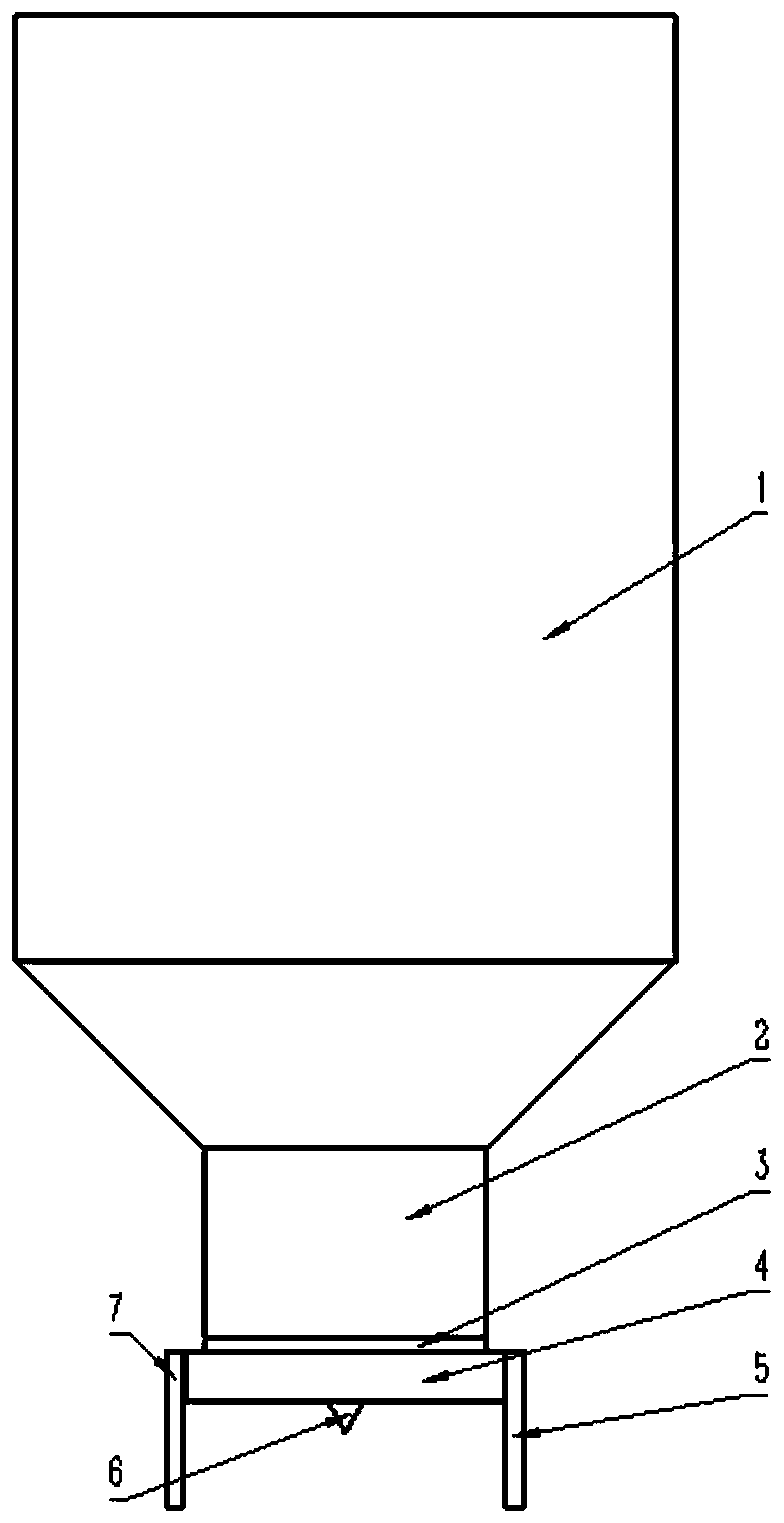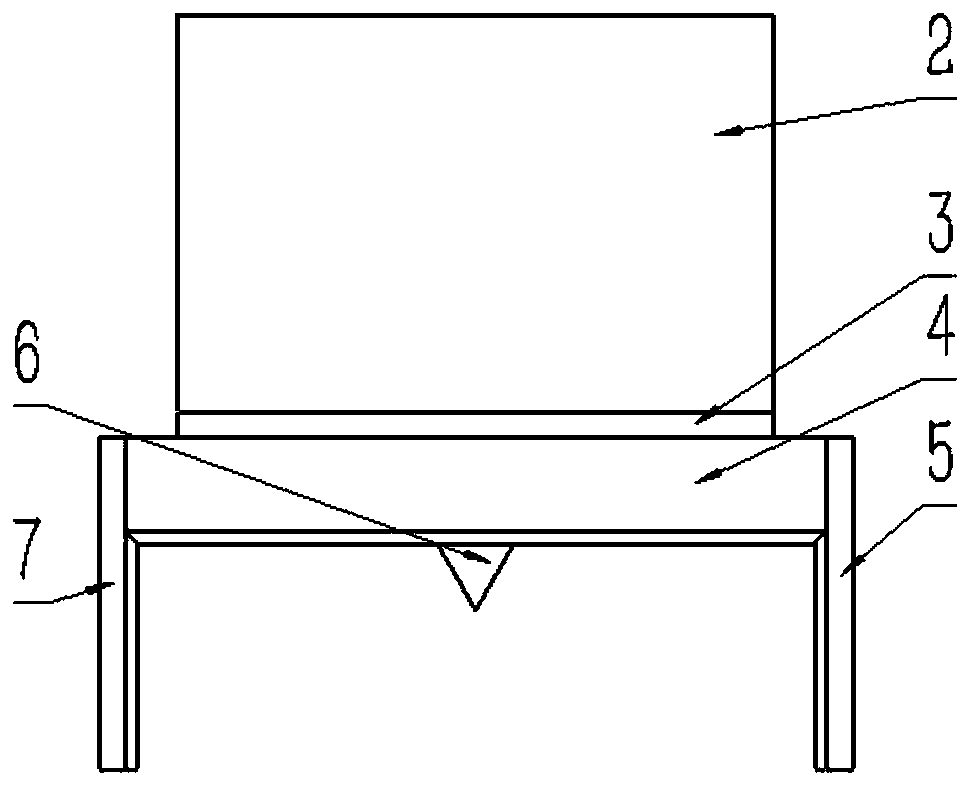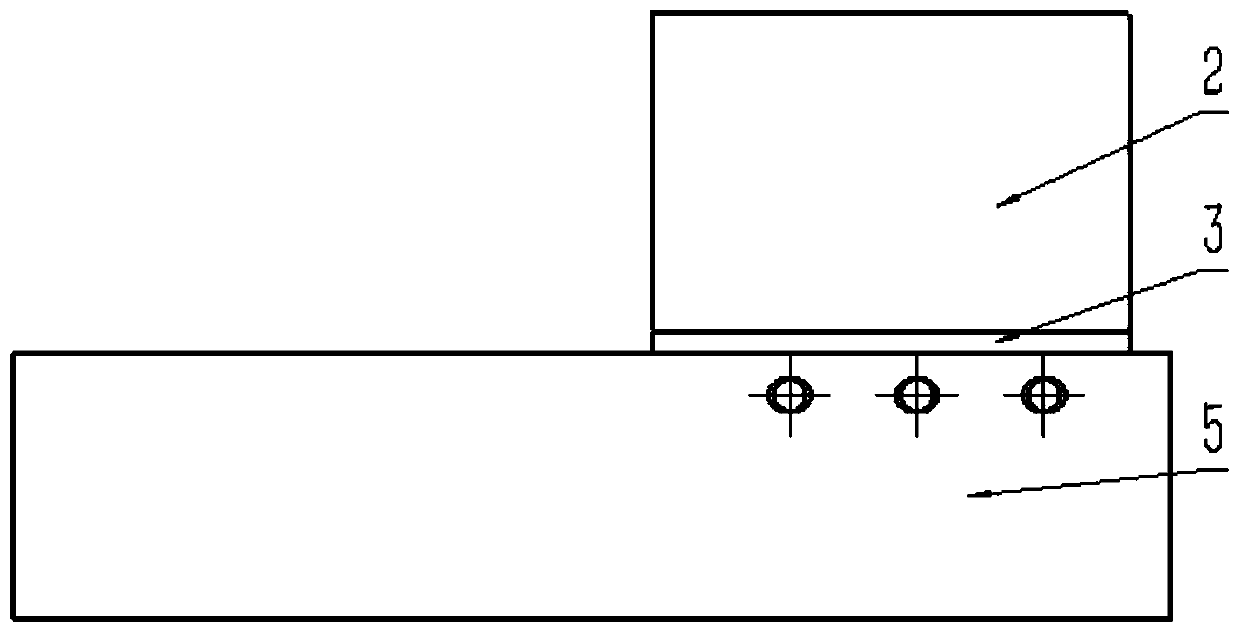Three-dimensional (3D) printing spray head with self-restraint device for cement-based materials
A cement-based material, 3D printing technology, applied in the direction of additive processing, ceramic molding machines, manufacturing tools, etc., can solve the problems of high compressive strength of walls, low shear strength, high energy and material consumption, etc., to achieve enhanced Interlayer bonding strength, increasing the interface bonding area, and solving the effects of cold seams
- Summary
- Abstract
- Description
- Claims
- Application Information
AI Technical Summary
Problems solved by technology
Method used
Image
Examples
Embodiment 1
[0036] A cement-based material 3D printing nozzle with a self-contained device (such as figure 1 shown), the spray head includes a hopper 1 from top to bottom, a nozzle 2 connected to the bottom of the hopper 1, a rectangular connecting plate 3 arranged below the nozzle 2, and a self-restraining device arranged below the rectangular connecting plate 3; the self-restraining device includes The upper restraint plate 4, the left restraint plate 5 and the right restraint plate 7 distributed on both sides of the restraint plate 4, and the cutout 6 located on the lower surface of the upper restraint plate 4, wherein the upper restraint plate 4, the left restraint plate 5 and the right restraining plate 7 form a self-constraining cavity, the upper restraining plate 4 is fixedly connected with the rectangular connecting plate 3, and on the rectangular connecting plate 3 and the upper restraining plate 4, there is a nozzle corresponding to the nozzle 2 2 holes of the same size.
[003...
PUM
 Login to View More
Login to View More Abstract
Description
Claims
Application Information
 Login to View More
Login to View More - R&D
- Intellectual Property
- Life Sciences
- Materials
- Tech Scout
- Unparalleled Data Quality
- Higher Quality Content
- 60% Fewer Hallucinations
Browse by: Latest US Patents, China's latest patents, Technical Efficacy Thesaurus, Application Domain, Technology Topic, Popular Technical Reports.
© 2025 PatSnap. All rights reserved.Legal|Privacy policy|Modern Slavery Act Transparency Statement|Sitemap|About US| Contact US: help@patsnap.com



